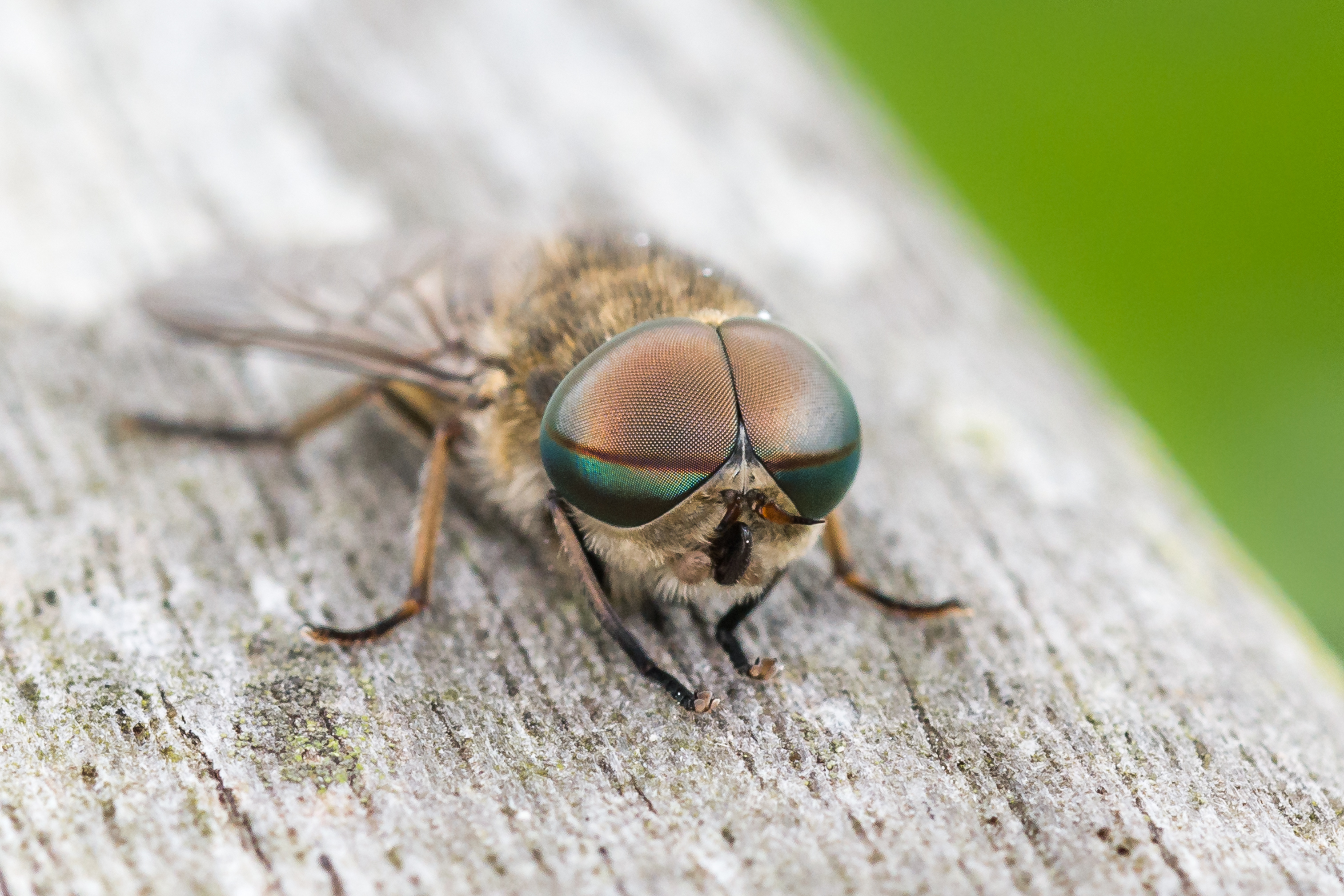
SUMMER is a brilliant time for getting outdoors and enjoying the best of our beaches, forests and grassy spots.
But it’s not just humans that are basking in the good weather, as the sun often brings out unwanted pests.
Horseflies thrive in hot weather, and their bites can be sore, due to their razor-sharp claws.
Also known as clegs, these dark-coloured creatures are about 2cm in size and tend to be found near horse stables, as well as ponds, woodlands and grassy areas.
Earlier this month, the Royal Pharmaceutical Society in Scotland said it had seen an increase in people coming into contact with the flies.
While the amount of midges has declined due to the weather – they prefer to breed in wet places – clegs have been thriving.
Their bites are often more painful than midge bites.
Why do horseflies bite?
Much like mosquitoes, female horse flies feed off blood, so they can produce eggs. Their saw-like teeth slice open skin, while releasing an anti-coagulant to stop the blood from clotting as they eat. The bites can take longer to heal than a mosquito, as they cut into the skin, rather than just piercing it.
As the name suggests, these large flies like to feed off horses, so you’ll often find them buzzing around stables and fields. However, they’ll feed off any large mammal they can access, like cows, dogs and humans.
How to know if you’ve been bitten
Horsefly bites are painful and itchy. If you’re unlucky enough to get one, you’ll notice red and swollen bumps resembling blisters and burn marks appear on the body within minutes of the horsefly coming into contact with human skin.
According to NHS Choices, most people will not feel any other symptoms, but some may also experience a larger red, raised rash (called hives or urticaria), dizziness, weakness and wheezing.
How to treat a bite
First things first, avoid infection by keeping the wound clean with antiseptic soap and warm water. Although it’s difficult, you should avoid scratching the bite too, as it won’t stop the itching, and can increase the likelihood of an infection. If you’re struggling, ask your pharmacist for a steroid cream containing hydrocortisone or ibuprofen, to help ease pain and swelling.
If your bite becomes infected or starts oozing, you should visit your GP. In rare cases, some people suffer allergic reactions, so seek immediate medical attention if you feel dizzy, notice a skin rash or severe swelling in your lips or tongue.
How to avoid a horsefly bite
Unfortunately for sun seekers, these flies are not especially inhibited by insect repellent, so the best way to stop your summer being ruined by a painful bite, is to cover up with long layers and keep your windows closed during the day.

Enjoy the convenience of having The Sunday Post delivered as a digital ePaper straight to your smartphone, tablet or computer.
Subscribe for only £5.49 a month and enjoy all the benefits of the printed paper as a digital replica.
Subscribe